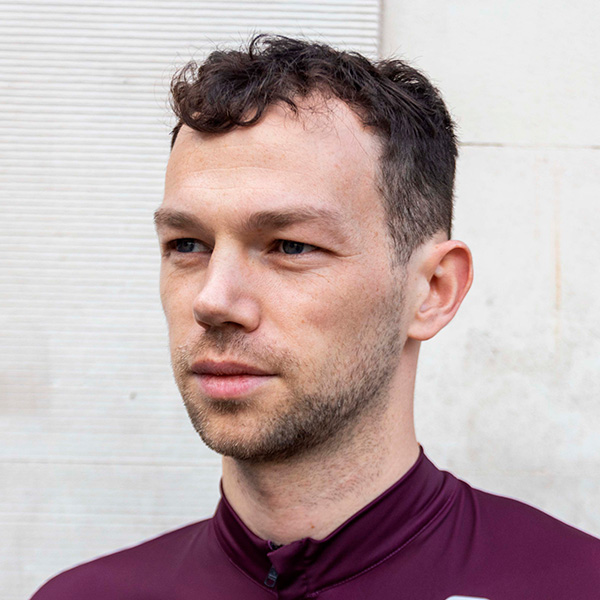Today’s stage 18 of the Tour de France is the highest of this year’s race, with three Hors Categorie climbs and 5,450m of elevation.
It might come as a surprise, then, that race leader Tadej Pogačar is riding his Colnago Y1Rs aero bike.
Aero bikes have wind-cheating tube profiles that can give you an extra turn of speed. But the aerodynamic designs often come with a weight penalty, which might slow you down when the terrain gets steep, as on stage 18.
We might have expected the Slovenian to choose his Colnago V5Rs climbing bike for stage 18’s mountainous parcours. Weighing less than his aero bike, it would, in theory, provide him with an advantage on today’s slopes of the Col du Glandon, Col de la Madeleine and Col de la Loze.
Faster even on climbs

Pogačar’s UAE Team Emirates – XRG teammate Pavel Sivakov has opted for the V5Rs today, having previously ridden the Y1Rs at this year’s Tour de France.
But one reason Pogačar may have stuck with the Y1Rs while Sivakov has switched is Pogačar has access to a special version of the aero bike.
Colnago provided the world champion and three-time Tour de France winner with a lightweight version of the bike, which has a gram-saving raw carbon finish, for stage 16, which finished on Mont Ventoux. He also used it for the uphill time trial on stage 15.
The Italian bike manufacturer says the weight difference between this Y1Rs and the V5Rs is minimal.
The standard Y1Rs used in races weighs between 7.2 and 7.5kg, and Pogačar’s raw carbon version is just over 7kg.

Colnago says the aerodynamic performance of the bike outweighs small weight savings.
Using the UCI’s new 8:1 tube-depth rules, the bike saves approximately 20-25W at 50kph. Colnago says this “exceeds the approximately 150–200g weight difference between the Y1Rs and the V5Rs”.
“Pre-stage modelling shows that aero bikes retain decisive seconds even on gradients of up to 10 per cent,” says Colnago.
“Even if the stage finishes atop Mont Ventoux, the extra ~500 grams of the Y1rs doesn’t make a meaningful difference if the rider’s primary goal is just to finish within the time cut,” says Colnago’s head of product, Davide Fumagalli.
Fumagalli added that an aero bike can save energy on the approach to a climb. “Over longer stages, this can make a meaningful difference in overall freshness at the decisive moments.”
Stay comfy

Another consideration is familiarity. Having raced the Y1Rs throughout the 2025 Tour de France, Pogačar may simply be more comfortable on his aero bike.
Switching back to the V5Rs might lead to discomfort, which wouldn’t be worth the minimal weight saving.
“Pogačar preferred to stay on his familiar road bike for stage 13’s mountain TT, prioritising stable handling and a consistent riding position over absolute weight savings,” Colnago said when it revealed the raw-carbon Y1Rs.
Pogačar’s not alone

Sivakov may have switched to a climbing bike, but Pogačar isn’t alone when it comes to sticking with an aero bike in the mountains.
His closest rival, Jonas Vingegaard, used the new Cervélo S5 aero bike for Mont Ventoux, where the two played cat-and-mouse up its slopes and Pogačar set a new fastest time up the Giant of Provence.
Cast your mind back to the Giro d’Italia, and Simon Yates also used the Cervélo S5 to win on the Colle Delle Finestre, where he took the leader’s jersey from Isaac de Toro to win the Italian Grand Tour.
This could be a matter of familiarity. Red Bull Bora-hangrohe’s head of engineering Dan Bigham told BikeRadar last year that he thinks professional riders don’t use aero bikes because of “weight ween-ism” in the pro peloton.
“It’s not really grounded in maths and science, because that doesn’t bear it out in most scenarios,” he said, before adding that he felt that attitude could change soon.
Maybe it has.



